What is Jump Starting a Car?
Jump starting a car is the process of using another vehicle’s battery to start a car that has a dead battery. When a car’s battery is dead, it cannot provide the necessary electrical current to start the engine. By connecting the dead battery to a charged battery using jumper cables, you can transfer electrical power from the charged battery to the dead battery, providing enough power to start the car’s engine.
Jump starting a car involves connecting jumper cables between the dead battery and a charged battery in another vehicle, making sure the positive and negative terminals of the batteries are connected properly. The charged battery then provides the necessary electrical power to start the car with the dead battery. It’s important to follow the proper safety precautions when jump starting a car to avoid injury or damage to the vehicle’s electrical system.
Process to Jump Start a Car
Jump-starting a car is a straightforward process, but it requires some caution and attention to safety. Here is a detailed step-by-step guide to jump-starting a car:
Step 1: Prepare the vehicles
First, park the functioning vehicle close enough to the dead car so that the jumper cables can reach both batteries. Turn off both cars and engage the parking brakes. Make sure both cars are in neutral or park and that the ignition is off.
Step 2: Identify the positive and negative terminals
Identify the positive (+) and negative (-) terminals on each car’s battery. The positive terminal is usually marked with a plus sign, and the negative terminal is usually marked with a minus sign. If the battery terminals are dirty or corroded, clean them with a wire brush or a battery cleaner spray.
Step 3: Connect the cables
Connect one end of the red jumper cable to the positive terminal on the dead battery. Then, connect the other end of the red cable to the positive terminal on the functioning battery. Next, connect one end of the black cable to the negative terminal on the functioning battery. Finally, connect the other end of the black cable to an unpainted metal surface on the dead car, away from the battery and the fuel system.
Step 4: Start the functioning vehicle
Start the engine of the functioning car and let it run for a few minutes. This will allow the battery to charge the dead battery. You can rev the engine slightly to increase the charging rate.
Step 5: Start the dead vehicle
Attempt to start the engine of the dead car. If it starts, let it run for a few minutes to ensure that the battery is fully charged. If it doesn’t start, wait a few more minutes before trying again. If the car still doesn’t start after a few attempts, the problem may be something other than the battery.
Step 6: Disconnect the cables
Once the dead car is running, carefully disconnect the jumper cables in reverse order. First, remove the black cable from the unpainted metal surface of the dead car, then remove the black cable from the negative terminal of the functioning battery. Next, remove the red cable from the positive terminal of the functioning battery, and finally, remove the red cable from the positive terminal of the dead battery.
Step 7: Keep the engine running
Let the car run for at least 20 minutes to ensure that the battery is fully charged. If the car doesn’t start after being jump-started or if it stalls shortly after starting, the problem may be something other than the battery, and you should take the car to a mechanic.
Step 8: Drive the car
After the car has been running for a while, turn off the engine and try starting it again. If it starts, take the car for a drive to ensure that the battery is fully charged and that the alternator is working correctly.
Remember, jump-starting a car can be dangerous if not done correctly, so be sure to follow these steps carefully and exercise caution throughout the process. If you are unsure about any step or if you don’t feel comfortable jump-starting a car, it is best to seek the help of a professional mechanic.
Pros and Cons of Jump Starting a Car
Jump starting a car can be a quick and convenient way to get a car that has a dead battery back up and running. However, there are both pros and cons to consider when jump starting a car:
Pros:
- Quick and easy: Jump starting a car is often a quick and easy way to get a car started that has a dead battery.
- Cost-effective: Jump starting a car doesn’t require any expensive equipment or professional help, so it’s a cost-effective solution to a dead battery.
- Saves time: If you need to get back on the road quickly, jump starting your car can save you time compared to waiting for a tow truck or other assistance.
Cons:
- Risk of damage: Jump starting a car incorrectly can damage both the donor and recipient vehicles, and potentially harm the people involved.
- Safety concerns: There is a risk of explosion or electrocution when jump starting a car, so it’s important to follow safety guidelines and wear protective gear.
- Temporary solution: Jump starting a car is a temporary solution and may not solve the underlying problem with the battery or charging system, which could lead to further breakdowns in the future.
Overall, jump starting a car can be a useful tool in a car with a dead battery back on the road quickly, but it should be done carefully and with caution to avoid any potential risks or damage.


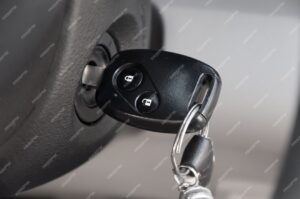
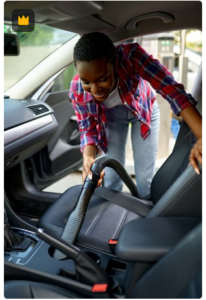

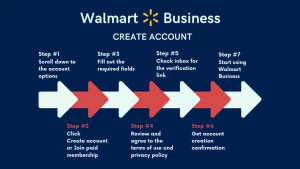
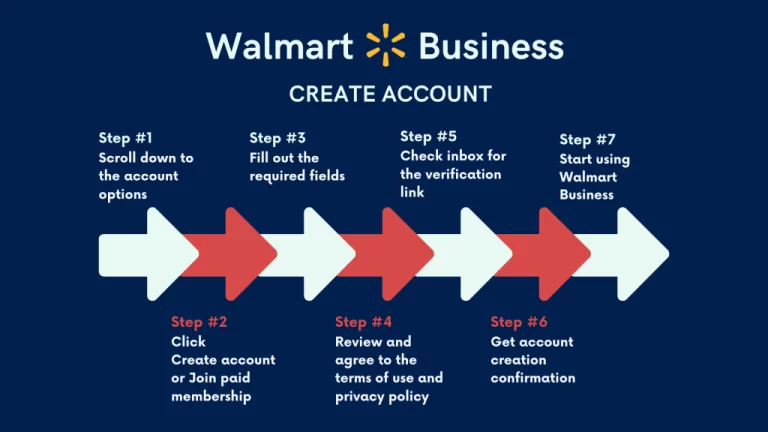

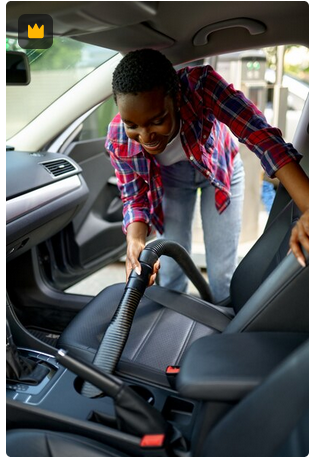
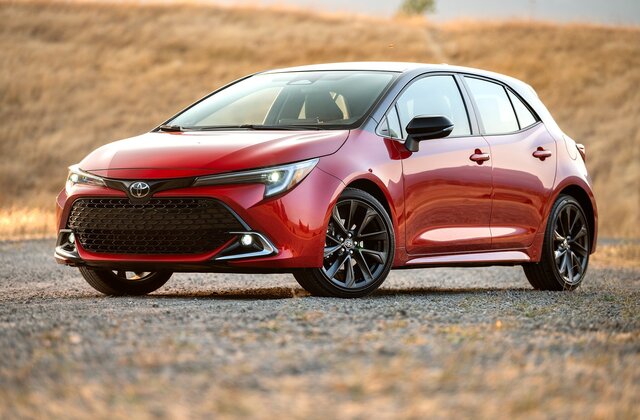

+ There are no comments
Add yours